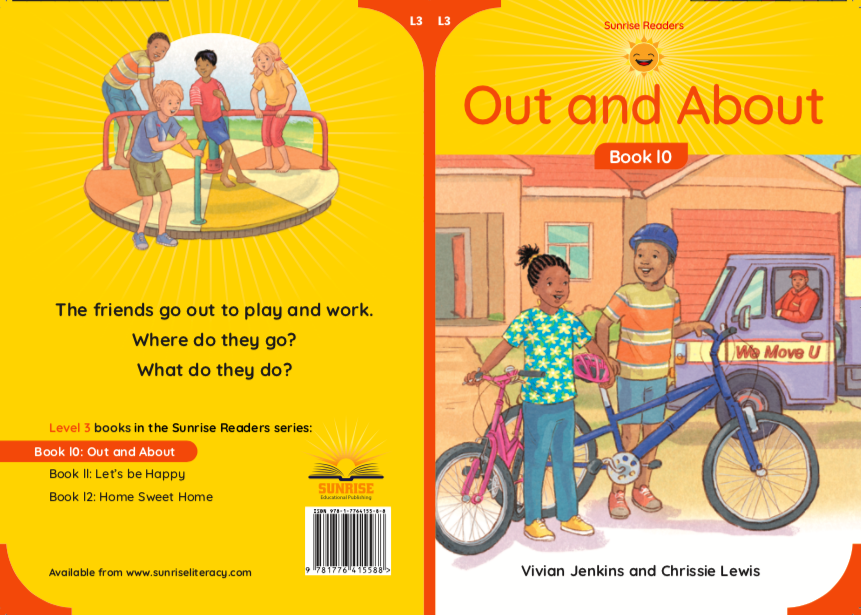Sunrise Readers Books 6 – 10 “Do This” Answer Guides
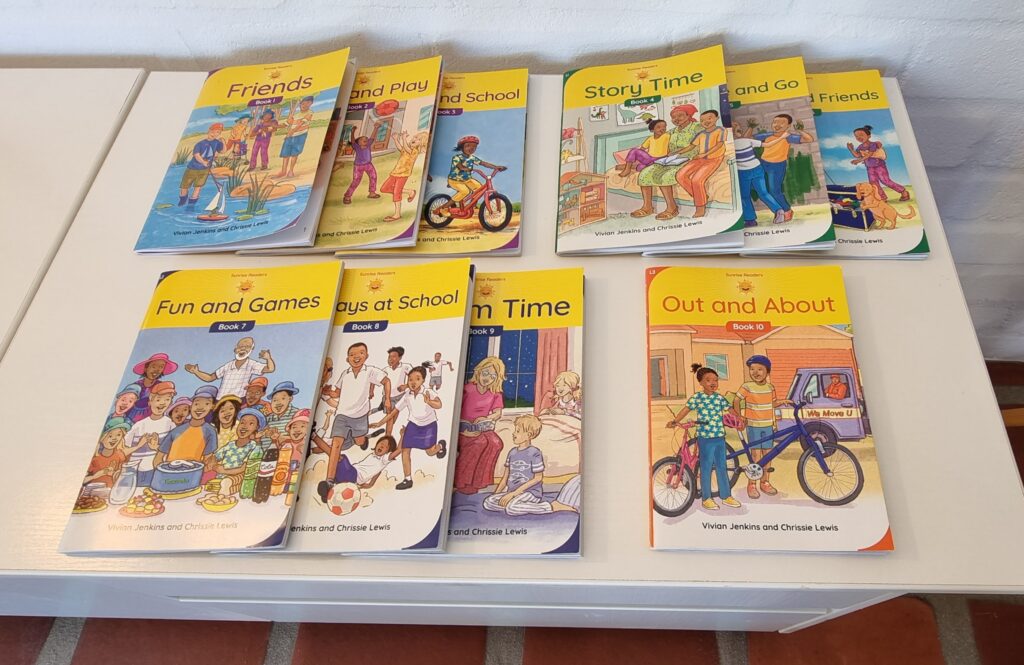

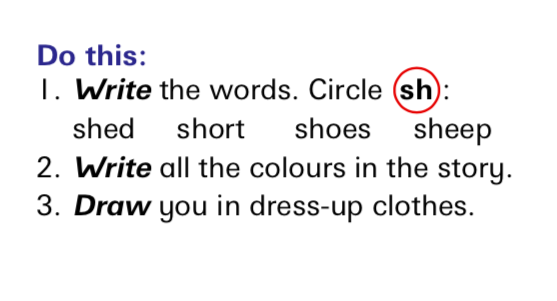
From Sunrise Readers Book 6 onwards, most stories are followed by an ability-appropriate exercise called “Do this.” These are introduced gradually in Sunrise Readers Book 4, “Story Time”, and Book 5 “We Come and Go.”
The new Sunrise Readers Books 1-5 feature fun phonics practice and activity pages to engage the children in verbal discussions about the texts they are reading. This forms early, incidental ‘comprehension’ or ‘read for meaning’ experience. Some of these exercises are available as downloadable PDFs from the Sunrise Readers Blogsite, to print and use with your learners.
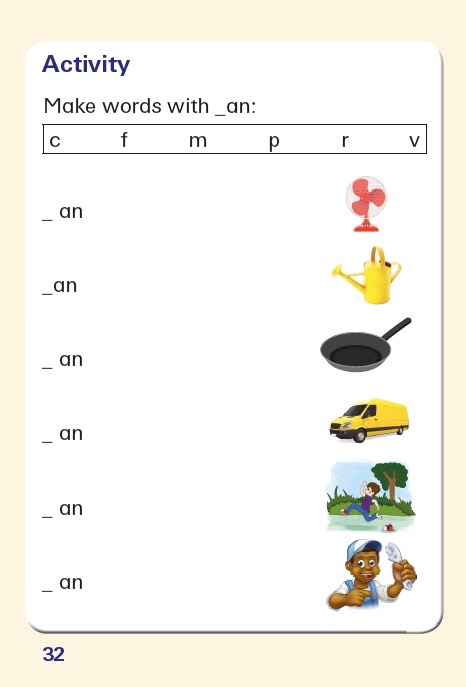
From Book 6 onwards, the authors have included specific “Do this” exercises throughout each book to develop these skills, and extend the young reader to learn how to write answers to questions. They also provide further phonics practice.
How do I prepare learners before introducing “Do this” activities for the first time?
1. Teach the children NEVER to write in the text/reading book!
Future exercises include matching, filling in the blank or circling a phonic sound and it is important to keep the reading books unmarked for subsequent young readers.
2. Teach explicit, guided lessons in advance.
This sets the children up for success, so that when they meet the Do this exercises, they already know what to do.
- In small groups or as a whole class, I’d suggest reading a short story which has pictures – you could use a story from Book 5, for example “The crocodile and his skin” on page 42.
- Write up to two simple questions (usually starting with what, where, when, how and why) on the chalkboard/ whiteboard – the answers must be easy to find in the text of the story. For example, “When did Crocodile swim?”, “What did the animals like about Crocodile?”
- Discuss the possible answer orally, find it in the text and agree on the correct response.
- Model how to write down the answer. This is important for future success. As a whole group, the children follow what you do – for example, “Write number 1. Start with a capital letter. (1. Crocodile swam in the day time.) Put a full stop at the end.”
- Repeat for question 2.
- Ask the children to draw a picture about the story – their own simple art is best.
3. Prepare for increasing difficulty in the Do this exercises.
Once the children have mastered the skill of how to read the text to find answers to the questions and how to set out their written work, they need preparation to encounter tasks that need other skills. Acquiring critical thinking skills is important – giving their own opinion and going beyond what is available in the text.
- “What do you think…”, or “Why do you think…” questions do not have a ‘right or wrong’ answer. The child’s own ideas are accepted.
- “Tell a friend” elicits discussion between the children, or with an adult, building vocabulary and verbal expression of original ideas.
Sunrise Readers Books 6 – 10 Answer Guides.
When we consulted teachers about the revisions of the Sunrise Readers, they assured us that the ‘Do this’ exercises play a significant role in teaching the children to read. They asked us to produce answer guides for the ‘Do this’ sections. So here they are, starting with #SunriseReaders Book Six – Family and Friends. (A free downloadable PDF is available by clicking the link, so that teachers/parents will have hard-copies available.)
The Answer Guides are set out as follows:
- The books are set out in sequence from Book 6 to Book 10.
- The page number and the Do this exercise is first, exactly as it appears in the book.
- The answers are in RED, making them easy to find!
Sunrise Readers Book Six – Family and Friends – Do This Answer Guide
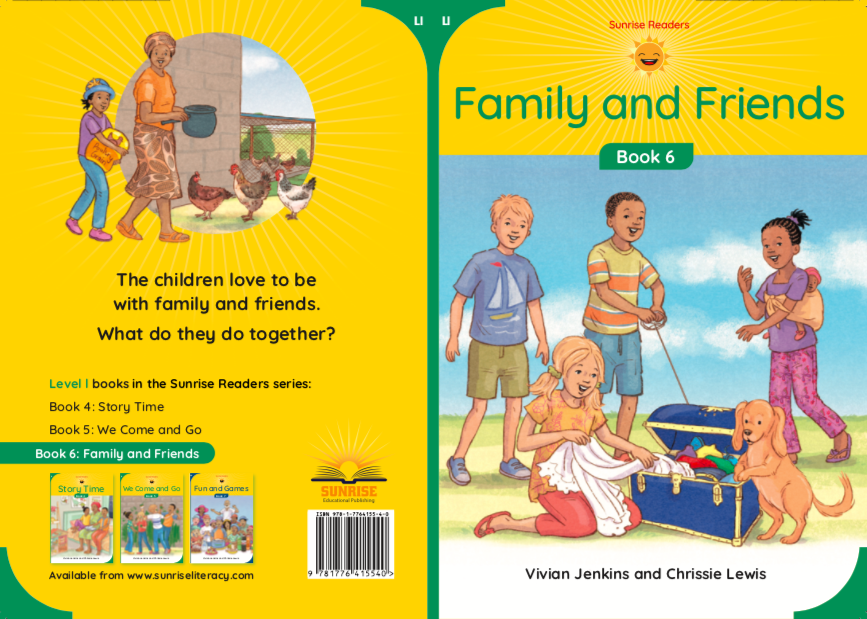
This is what the Answer Guide looks like:
PAGE 7
Do this:
- Write the words. Circle sh:
shed short shoes sheep
- Write all the colours in the story.
- Draw yourself in dress-up clothes.
ANSWERS:
- shed short shoes sheep
- blue white red green yellow black brown
- Child’s own art showing dress-up clothes
Sunrise Readers Book 7 – Fun and Games – Do This Answer Guide
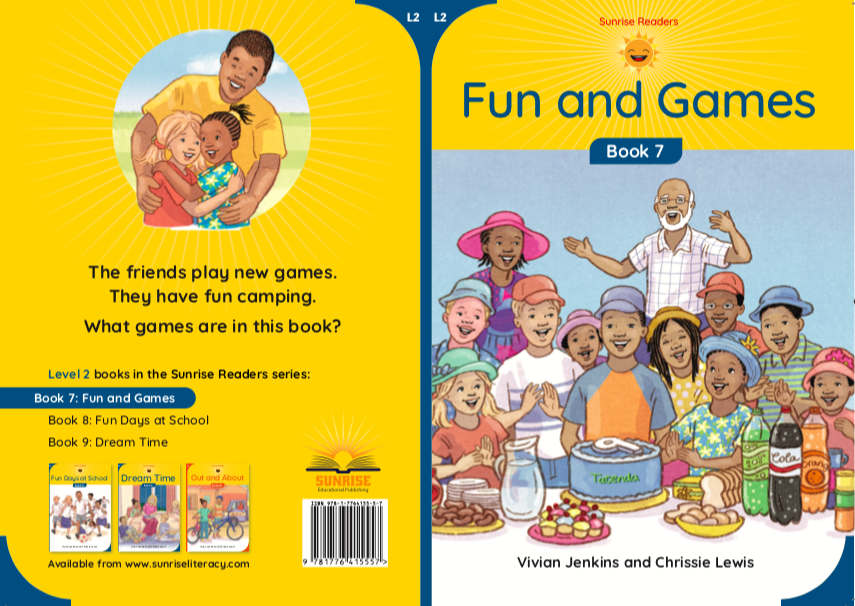
Sunrise Readers Book 8 – Fun Days at School – Do This Answer Guide
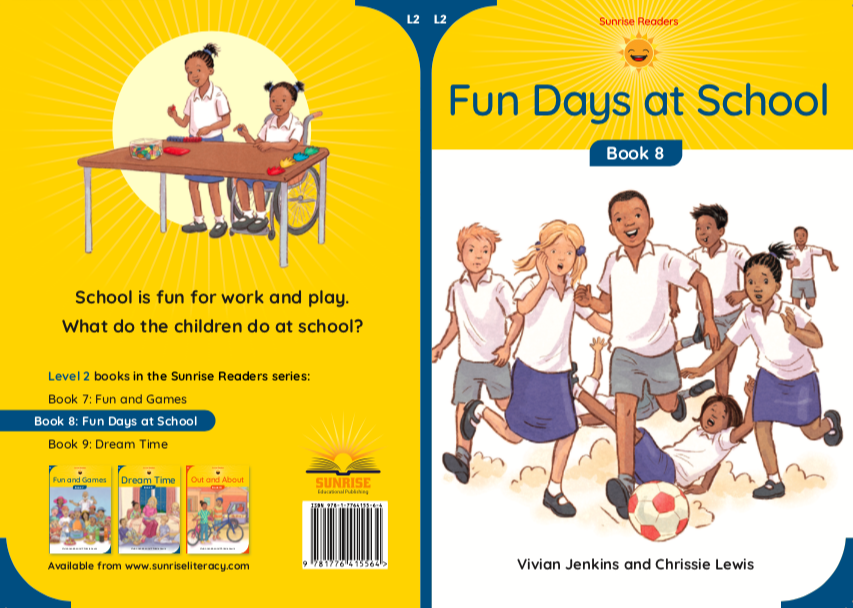
Sunrise Readers Book 9 – Dream Time – Do This Answer Guide
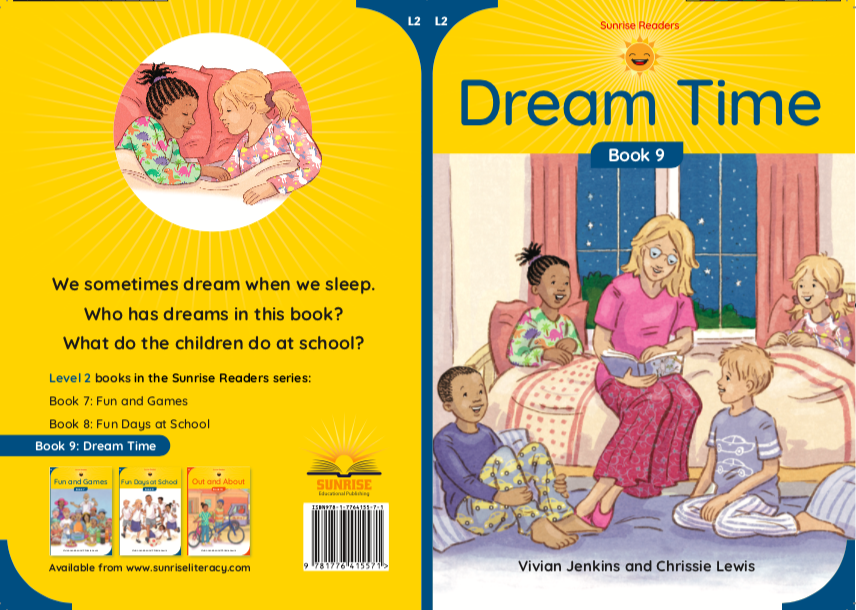
Sunrise Readers Book 10 – Out and About – Do This Answer Guide
